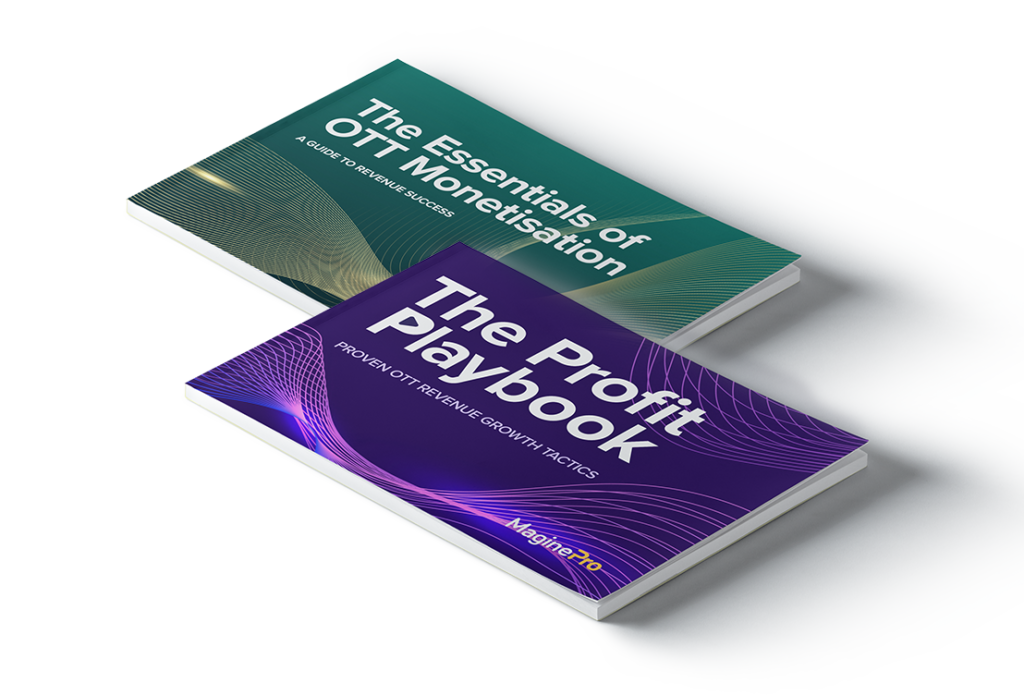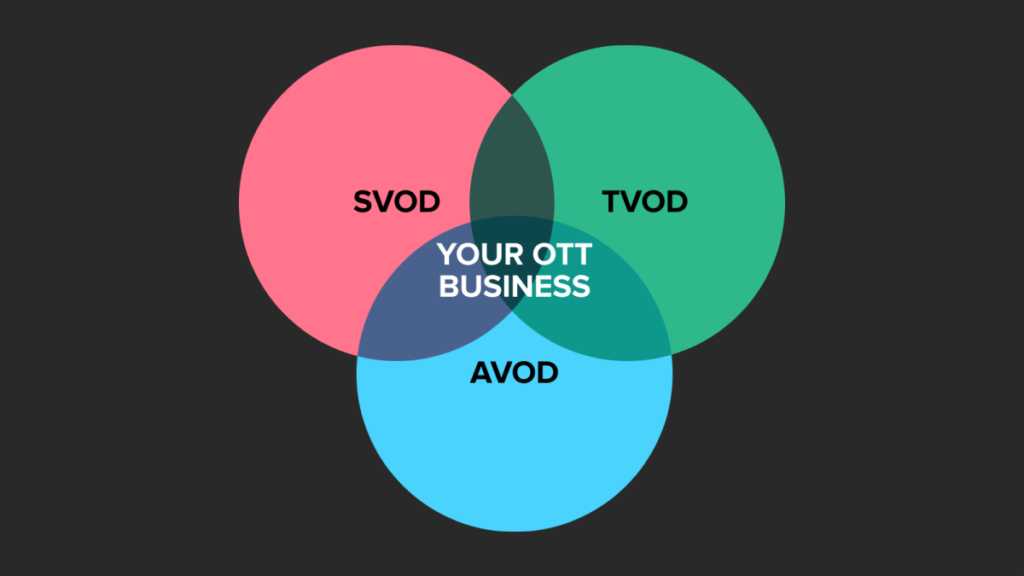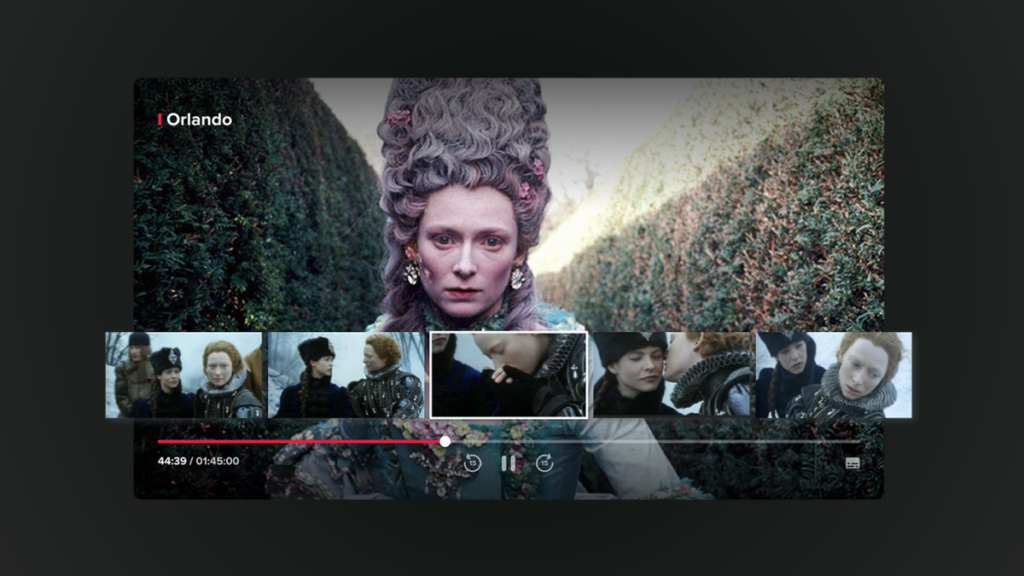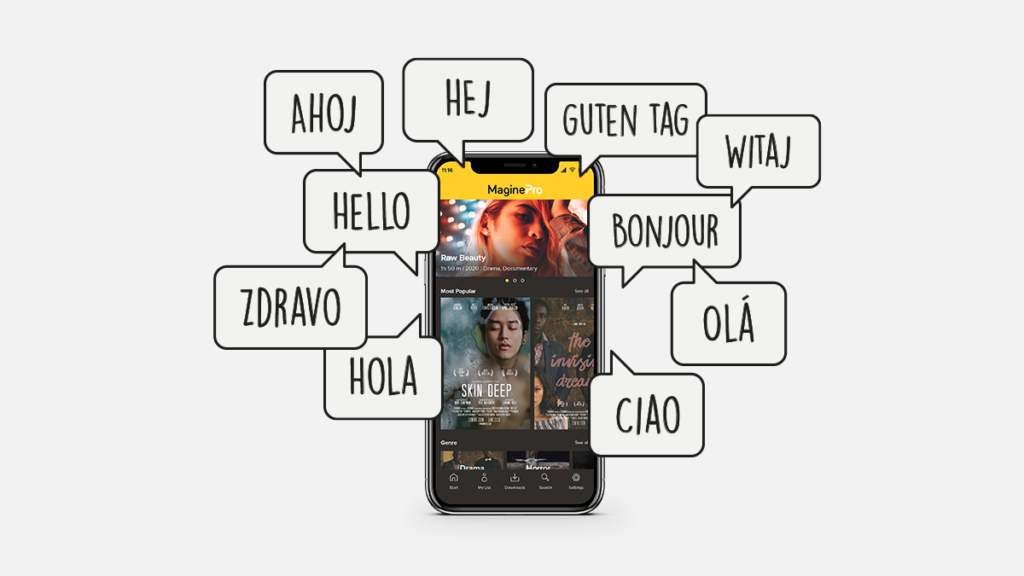The Evolution of SVOD: Unleashing Potential Through Hybrid Monetisation Models
Subscription Video on Demand (SVOD) has become synonymous with the way we consume content today. However, the SVOD landscape is now experiencing a significant transformation, marked by the widespread adoption of hybrid monetisation models. Unlike traditional single-tier approaches, hybrid models seamlessly combine subscription-based revenue streams with transactional and advertising elements, offering a more dynamic and adaptable strategy that offers new possibilities for both service providers and viewers.
The Power of Hybrid Monetisation:
Hybrid monetisation models leverage the strengths of diverse revenue streams, providing service providers with more flexibility. Subscription revenues offer stability, while transactional elements cater to one-time users or those seeking premium content. Simultaneously, advertising opens avenues for broader audience reach, making it an all-encompassing approach that maximises revenue potential.
The Benefits of Hybrid Monetisation:
- Diversified Revenue Streams: One of the key advantages of hybrid models is the creation of multiple revenue streams. By combining subscriptions, transactions, and advertising, service providers can establish a more robust financial foundation, reducing dependence on a single source of income.
- Enhanced User Engagement: Hybrid models cater to a diverse audience by providing options for both subscription-based and transactional content. This flexibility encourages users to engage with the platform in various ways, ensuring a more personalized and satisfying experience.
- Access to Exclusive Content: Transactional elements within hybrid models allow for the sale of premium or exclusive content on top of the basic subscription offering. This strategy not only attracts users seeking exclusive material but also provides an additional revenue avenue for service providers.
- Wider Audience Reach: The inclusion of advertising components enables SVOD platforms to reach a broader audience, including those who might be hesitant to subscribe. This expanded reach enhances brand visibility and can convert free-tier users into paying subscribers over time.
How SVOD Anchors Hybrid
In a well-crafted hybrid monetisation strategy, SVOD often assumes a central role as the anchor. Subscribers can enjoy the richness of video-on-demand (VOD) content within a subscription and also capitalise on the flexibility of the hybrid model. This approach allows users to make one-time purchases for exclusive content or opt for a free environment supported by targeted ads. As the long-standing preferred model for service providers, SVOD continues to play a pivotal role in hybrid strategies. Its enduring appeal lies in its ability to foster sustained viewer loyalty through the convenience, personalisation, and high-quality offerings inherent in a subscription-based streaming service.
Forging Ahead with Hybrid Monetisation
Hybrid monetisation models unlock a spectrum of possibilities for streaming services. Through the deliberate integration of subscriptions, transactions, and advertising, service providers gain the ability to diversify revenue streams and navigate the challenges associated with financial fluctuations. Beyond financial benefits, the hybrid approach also promises viewers a more dynamic and personalised streaming experience. The future of SVOD is undoubtedly being shaped by the innovative fusion of monetisation strategies, offering mutual advantages for both providers and consumers.
To delve deeper into hybrid monetisation models and strategies, download our latest FREE e-guide, The Essentials of OTT Monetisation: A Guide to Revenue Success. This guide explores the intricacies of subscription, transactional, and advertising models, unveiling the strength of a meticulously designed hybrid approach in fortifying financial resilience against market fluctuations. Its companion white paper, The Profit Playbook: Proven OTT Revenue Growth Tactics is also available to download and dives even deeper into hybrid models, sharing valuable insights into strategies that ensure churn reduction and long-term revenue maximisation.
If you’re interested in discussing monetisation models and the capabilities of Magine Pro’s advanced billing engine, connect with our experienced team. Additionally, visit our blog for more resources and explore our entire collection of white papers available for download. To stay in the loop, subscribe to the Magine Pro e-newsletter, for all our latest news, partnerships, and products, and to find out which industry events we’ll be attending next.
OTT Industry Trends that Shaped Video Streaming in 2023
It’s proven to be a transformative year in OTT marked by rapid changes and dynamic shifts. From the widespread adoption of FAST channels to the increasing prominence of hybrid monetisation models and the transformative role of artificial intelligence (AI), the industry is witnessing a paradigm shift that will undoubtedly demand adaptation from both service providers and content creators in 2024 and onwards.
Here are our 5 noteworthy OTT industry trends and key takeaways from 2023, that are worth watching next year:
The FAST Lane to Success
The adoption of Free Ad-Supported Television (FAST) channels has continued to rise in 2023, in response to escalating churn rates. Service providers are leveraging these channels to avoid compromising revenue and retain subscribers who have become more discerning about where they invest their entertainment budgets. The significance of this trend suggests a shift in how streaming services engage with their audience, laying the groundwork for a more sustainable future.
Hybrid Monetisation Models for Sustainability
In response to the intensifying competition and the need to win back subscribers, hybrid monetisation is also becoming increasingly popular. Service providers are strategically integrating ad-supported sections into their platforms to enhance accessibility while ensuring sustainability. Even industry giant Netflix is actively exploring this avenue, underscoring the importance of striking a balance between user experience and financial viability.
TV Taking Back the Spotlight
In a surprising turn of events, the television could be on track to reclaim its throne as the primary screen for content consumption. Notably, nearly half of YouTube’s viewership now occurs on TV screens according to internal figures. This shift has profound implications for streaming providers, emphasizing the critical need for smart TV app development to secure long-term growth.
Global Expansion with Localized Cultural Content
As streaming services expand their global footprint, the demand for localised content is experiencing a surge. Viewers are increasingly seeking content that resonates with their culture, language, and preferences. This demand for diversity and inclusion is driving more and more streaming platforms to tailor their content libraries to cater to the unique tastes of different markets.
AI Transforming the OTT Experience
Undoubtedly, one of the most significant OTT industry trends of the past year is the integration of artificial intelligence into streaming. AI is not just enhancing content recommendations for users but is also expected to play a pivotal role in dynamic content creation. This enables the delivery of personalised and engaging content, keeping viewers hooked and satisfied.
In 2024, the OTT video streaming industry is poised to firmly establish and fortify these trends, promising a substantial enhancement in overall industry performance. As we navigate this evolving landscape, it becomes increasingly clear that adaptability and innovation are the cornerstones for success in this dynamic and fiercely competitive market. Streaming services must be agile in meeting evolving user expectations.
For Magine Pro, this necessitates a commitment to ongoing innovation and a steadfast focus on our OTT platform and products. By doing so, we aim to deliver optimal solutions for our customers, empowering them to seamlessly deliver their content to audiences worldwide. And ensure our clients stay ahead in an environment where meeting and exceeding user expectations is paramount.
______________________________________________________________________________________
Keen to learn more about the top OTT industry trends and how Magine Pro are navigating the changes? Get in touch with our team.
Discover more about our flexible OTT platform and how we enable our customers to monetise their live events, linear and VOD content. Visit our blog for additional insights and download our free white papers and ebooks.
BVOD & OTT: What you need to know
As more viewers have signed up for on-demand services since the pandemic, it’s no surprise that a recent report by research firm Roy Morgan also highlights a growing increase in BVOD viewership over the past 12 months.
What is BVOD?
The acronym BVOD stands for Broadcasting Video-On-Demand. BVOD refers to high-quality content created by conventional broadcasters and made available online through their on-demand streaming service.
Examples of broadcasting video-on-demand services from around the world include All 4, ITV Hub, CBC Gem, SBS On Demand, ABC iView etc.
How does it compare to AVOD?
Broadcasting video-on-demand services rely on ad revenue to cover content and service running costs over a subscription model. It sounds a lot like AVOD, right? You’re not wrong. BVOD is a subset of AVOD; the difference is more to do with ad/service perception and the quality of content available on an exclusively BVOD service.
Essentially, BVOD services are operated by respected broadcasters, which suggests brand safety to viewers; This means audiences are more likely to sign up and trust the ads they are served. It’s this perception of trust that makes BVOD an increasingly attractive model for big-named advertisers and brands. AND not forgetting the ability to access more refined data on demographics to improve ad targeting that’s only possible via online video services.
Online video monetization
The BVOD model is typically ad focused; however, a flexible OTT platform will enable broadcasters to expand monetization options. Daniele Veronese, Sales Director at Magine Pro says, “Today we’re seeing user consumption behaviours drift further toward online streaming platforms than ever before. Now is the time for traditional broadcasters to react; as ad spend on OTT platforms increases.
BVOD offers an excellent opportunity to monetize through targeted advertisements, but broadcasters can also do this in parallel with SVOD and/or TVOD as a hybrid model. Hybrid models enable broadcasters to maximise monetization of their content and potentially see a quicker return on investment.“
Magine Pro’s flexible OTT platform supports SVOD, TVOD, and AVOD business models, either separately or combined, enabling our partners to create a streaming service best suited to their content and customers. For example, broadcasters can choose to operate an ad-focused BVOD model or select a hybrid combination. To find out more about Magine Pro’s OTT services and monetization models get in touch.





